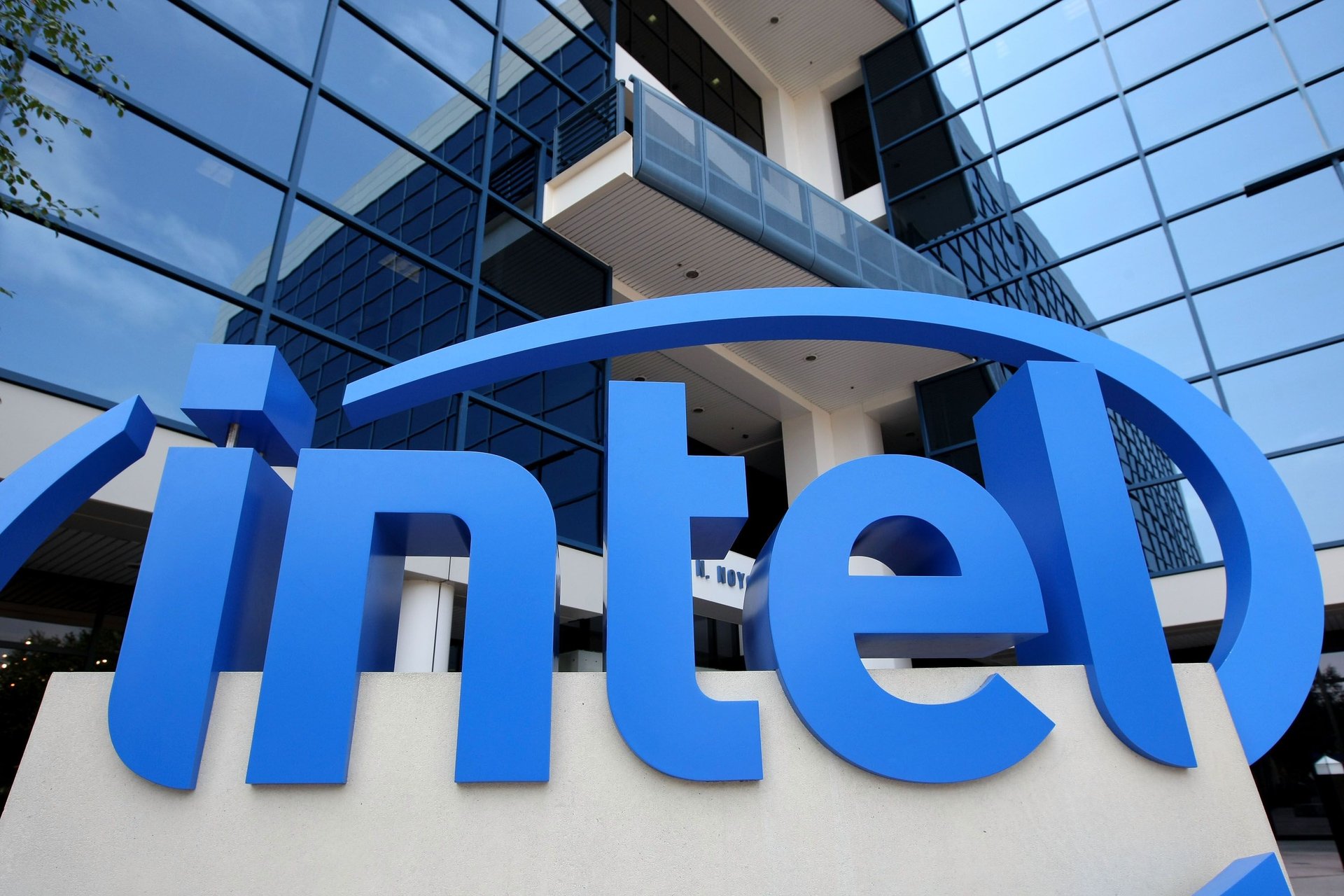Trump administration in talks for a 10% stake in Intel
Trump’s White House reportedly is considering buying into Intel, in a move that would make it the beleaguered chipmaker's biggest shareholder

Justin Sullivan/Getty Images
The Trump administration is in talks to take a roughly 10% stake in Intel in a deal that would make the U.S. the largest shareholder in the struggling chipmaker, according to a report.
Suggested Reading
The federal government is mulling an investment that would convert some or all of the grants allocated to the company under the U.S. bipartisan Chips and Science Act into equity, Bloomberg reported. Intel was granted a combined $10.9 billion in grants under the act for commercial and military manufacturing, which former President Joe Biden signed into law in 2022.
Related Content
That figure would equate to a little over 10% of Intel’s $103.8 billion market value as of Aug. 18, though sources told the news outlet that the White House has not yet decided whether to go ahead with the plan.
The potential investment, first reported last week, would support Intel’s plans to build a factory hub in Ohio and would come at a time when Intel has been cutting jobs as part of a cost cutting drive, having fallen behind rivals like Nvidia in the global AI chipmaking race.
A stake in Intel would be President Donald Trump’s latest try at intervening in the chipmaking industry. Earlier this week, the U.S. government announced a deal that would have two of Intel’s rivals, Nvidia and Advanced Micro Devices, pay it 15% of their revenues from sales in China.
The reported deal with Intel would also mark a sharp turnaround after Trump demanded last week that its CEO Lip-Bu Tan resign over purported connections to the Chinese government, describing him as someone who’s “conflicted” in his business dealings.
“The CEO of INTEL is highly CONFLICTED and must resign, immediately. There is no other solution to this problem. Thank you for your attention to this problem!” Trump wrote in an Aug. 7 social media post.
Tan took over Intel in March, as the company was locked in negotiations with the Trump administration to shift its chip-making plants to a Taiwanese rival. Intel is seen by many as the best chance for the U.S. to compete with global rivals like TSMC, and the Ohio plant would help the country make sure it can make high-end semiconductors on home soil.
However, it has struggled amid stagnant sales and ongoing losses in recent years, with the likes of Nvidia surging ahead. Already under Tan it has announced plans to lay off 20% of its staff to pare back bureaucracy within the company.
The funding under the Chips Act was meant to be directed to fortify Intel’s domestic computer chip manufacturing with new projects including the Ohio plant, and was supposed to be dispersed over time. A deal with the government would not necessarily mean significantly more cash, but it could mean the company gets hold of it faster.
Trump announced a new 100% tariff on semiconductor imports earlier in August, but included an enormous caveat that could spare tech firms like Intel. U.S. companies that have planned a domestic spending spree in the country are likely to avoid the sizable import tax. Intel has stated it will pour $100 billion in new U.S. corporate spending over the next five years, a move it had announced before the 2024 election.
Intel and U.S. government did not immediately respond to Quartz's requests for comment.
